Search the Special Collections and Archives Portal
Search Results
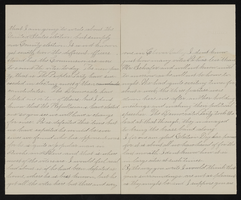
man000799-004
Text

man000799-005
Text

man000799-006
Text
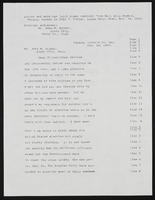
man000799-007-001
Text
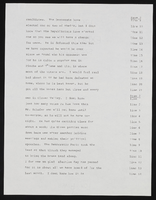
man000799-007-002
Text
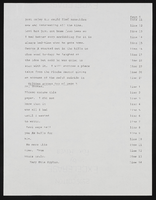
man000799-007-005
Text
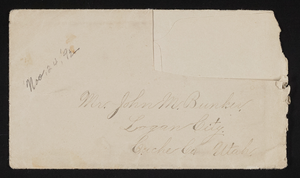
man000800-001
Text
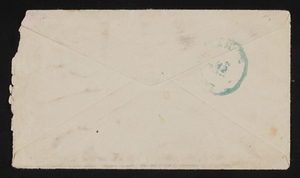
man000800-002
Text
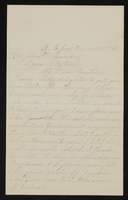
man000800-003
Text

man000800-004
Text
Pagination
Refine my results
Content Type
Creator or Contributor
Subject
Archival Collection
Digital Project
Resource Type
Year
Material Type
Place
Language
Records Classification
